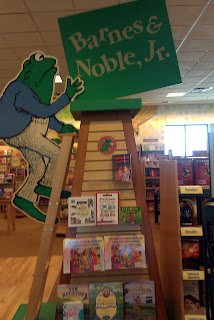First scenes in middle grade and young adult fiction from editor’s comments at the SCBWI SW-TX conference.
§ The goal of a first scene is to grab your reader’s attention and make them want to read your second scene.
§ Example of a first sentence in a scene: “I stole a body.”
§ Example of a first sentence in a scene: “The house did not want her there.”
§ Intrigue the heck out of the reader with your first scene.
§ A great first scene starts the story in the right place. Otherwise, you can confuse your reader.
§ A scene only matters within the context of its plot.
§ Think about the promise that you made to your reader and keep that promise throughout the scene that you write.
§ It’s like a puzzle: every scene has to be in its place in order for the plot to be complete.
§ Every scene needs a goal and every scene advances your story.
§ Do not start with back story. Give the reader only what they absolutely need. No info dump. Integrate this throughout the novel instead.
§ Your first scene is not about a lot of details about your character. You don’t have to introduce ALL of your characters. You will bog down the reader with too many details.
§ Your story needs to have momentum and tension from the very first scene.
More on scenes to come.
 |
| Old-fashioned stove in Albuquerque |
“No matter how much formal education you’ve had, it’s best to read as many classics as possible and keep abreast of today’s popular reading, especially in the area to which you hope to contribute.” — Writing Tip from Writer’s Digest Weekly Planner








